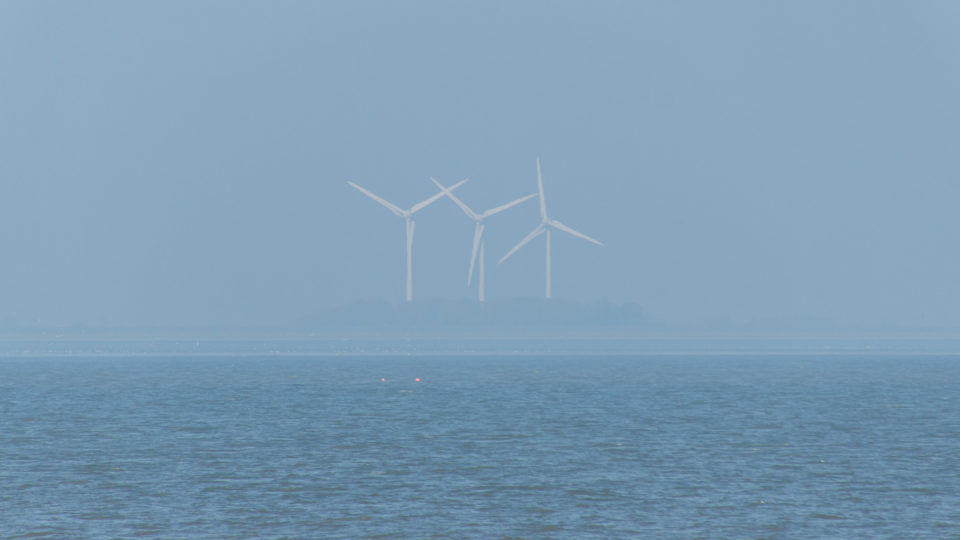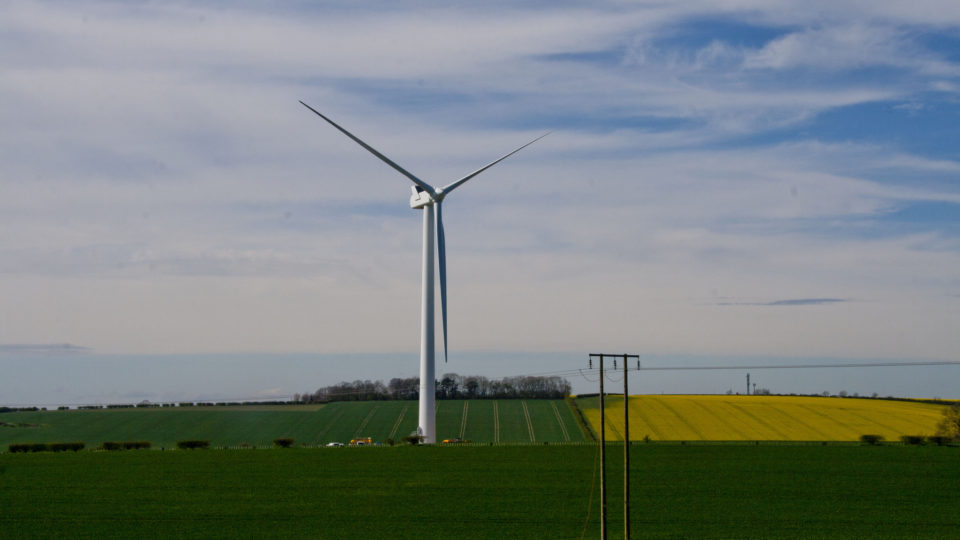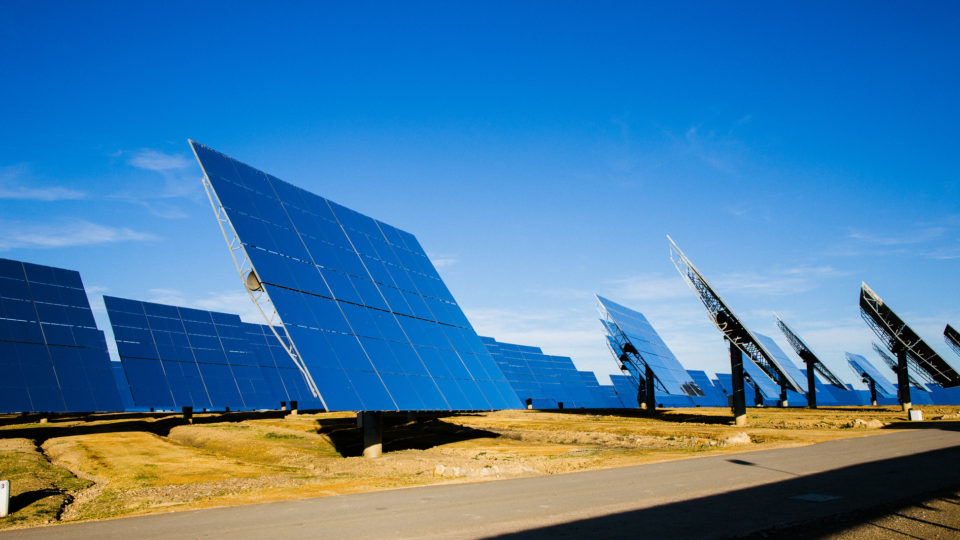storage
Lots Of Credit For Carbon Capture
These days, the federal government has mostly turned its back on efforts to mitigate climate change or, for that matter, to even recognize its existence. However,the budget bill passed in February contained a major increase in the tax credit known as 45Q, which provides incentives to businesses to develop and utilize carbon capture, utilization and storage technologies.
Sunshine To Fuel
Hydrogen is touted to be the fuel of the future, particularly for cars. But a more acccurate view of it is that hydrogen is an energy storage medium. And the most promising form of energy to store using hydrogen is solar energy.
Major Investments In Solar Power
There is big money going into renewable energy and energy-smart technologies and half of that is going into solar power. In 2017, global investments in green energy reached $334 billion and $161 billion of that was in solar.
Renewable Energy Trends
There are major trends going on in the renewable energy world. Several will merit close attention this year.
Economics Of Solar And Wind Power
It is well-known that the cost of both solar and wind energy has been dropping dramatically in recent years. That trend is largely responsible for the rapid growth of both power sources. A recent study has revealed just how remarkable the economic progress has been.
An Ancient Way To Store Energy
Firebricks, which are bricks designed to withstand high heat, have been around for more than 3000 years. The Hittites used them to line iron-smelting kilns. They are simply bricks made from clays that can withstand much higher temperatures than ordinary bricks.
A Giant Solar Thermal Plant For Australia
A project planned for sunny South Australia will be the world’s largest single solar thermal power plant when it comes on line in 2020. The Aurora Solar Energy Project will have a capacity of 150 MW, which is enough to supply 90,000 people with electricity.
[Read more…] about A Giant Solar Thermal Plant For Australia
Storing Carbon in the Ocean
As carbon dioxide levels in the atmosphere continue to rise, it may be that clean energy technologies, electric cars, and other methods of reducing emissions may not be enough. Carbon sequestration – sucking carbon out of the atmosphere – is seen by many as a crucial part of the solution.
Bermuda Roofs
The North Atlantic island of Bermuda is a popular tourist attraction with its pink sand beaches, turquoise water, and pastel-colored cottages with white limestone roofs. The stepped white roofs are not just picturesque, they are highly functional.
Raw Wastewater On Farms
Clean water supplies are dwindling around the world. As a result, the use of untreated wastewater on farms for crop irrigation is on the rise.
Trees Are Not Enough
Trees are nature’s way of removing carbon dioxide from the atmosphere. Growing plants take up CO2 and store it in the form of their roots, stems and leaves. And in fact, a significant factor in the growing levels of carbon dioxide in the atmosphere has been the extensive deforestation that has gone on over the past couple of centuries.
Fern-Inspired Energy Storage
The amount of solar energy striking the surface of the earth in two hours is enough to supply all of humankind’s needs for an entire year. For this reason, it is widely thought that solar energy should be our primary source of electricity. If this is to happen, however, there must be cost-effective ways to obtain solar electricity regardless of the time of day, weather, or seasonal changes. Essentially, there must be ways to store the energy from the sun to use it when we need it.
‘Noah’s Ark’ Takes On Water
The Svalbard Global Seed Vault, built into a hillside in the Norwegian archipelago of Svalbard far above the Arctic Circle, is often described as humanity’s last hope against extinction after some global crisis. While there are more than 1,700 gene banks around the world that keep collections of seeds, all of them are vulnerable to war, natural disasters, equipment malfunctions, and other problems. Except the Svalbard vault – or so we thought. It has been dubbed the “Noah’s Ark” of seeds and a last chance for the world to regenerate if the worst should come to pass. It’s mission is to keep the world’s seeds safe.
Improving Energy Storage
The transition to sustainable energy sources faces many challenges. One important one is to make those sources as reliable as conventional energy systems. For technologies like solar and wind power, which can’t operate around the clock, an enabling element is effective energy storage. Energy storage is critical for both the electricity grid and for transportation.
Storing Energy With Captured CO2
Capturing carbon dioxide instead of releasing it into the atmosphere is a way we can use fossil fuels without it having harmful effects on the climate. Energy storage is a way to address the volatility of clean energy sources like wind and solar power. Excess energy stored during peak production can be used when production ceases, such as when the sun is not shining or the wind is not blowing.
The Largest Battery Storage Substation
At the end of last year, Southern California Edison turned on the largest lithium-ion battery storage facility in the world in Ontario, California. It is a substation with 80 megawatt-hours of capacity, enough energy to power 2,500 households or charge 1,000 Tesla cars a day.
Storing Energy In An Old Mine
An abandoned, centuries-old iron mine in the Adirondacks about 100 miles north of Albany, New York may become the site of a new hydroelectric energy storage system. The mine in the tiny hamlet of Mineville near Moriah, New York contributed iron for the first naval battle of the Revolutionary War that took place on Lake Champlain. The mine hasn’t been used in over 45 years.
Turning Carbon Dioxide Into Rock
There is a lot of interest in figuring out a way to store carbon dioxide produced from industrial processes and energy plants or even sucking it out of the atmosphere and then storing it. The problem is where exactly to put the stuff and how to make sure that it stays there.
The Ocean As A Heat Sink
From 1998 until 2013, scientists observed a slowing in the rate of global mean surface warming. In other words, global temperatures were not rising as quickly as before. This quickly became known as the “global warming hiatus.”



















